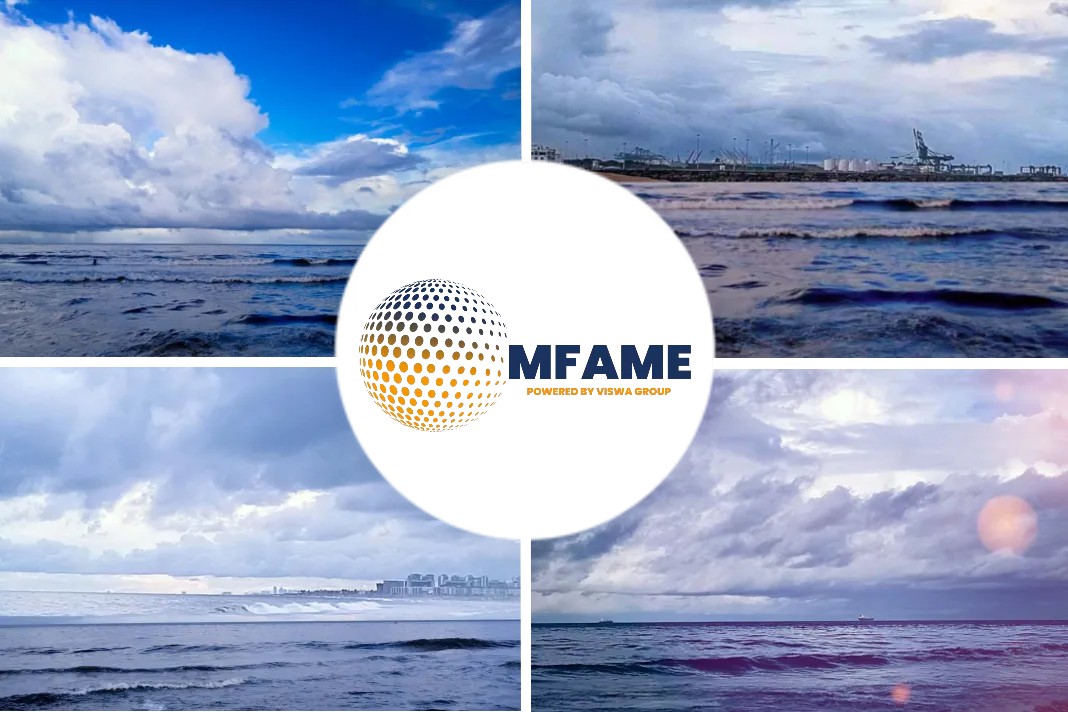- Rise in scrubber-fitted vessels to boost HSFO demand in 2021
- Saudi Arabia’s utility, industrial usage demand key to Asia HSFO prices
- Short-term Asia HSFO market seen balanced to long on ample supply
According to a Platts report, Asia’s 380 CST high sulfur fuel oil market, which was expected to wither after the IMO-driven transition to low sulfur marine fuel from 2020, has instead emerged as a niche market that enjoyed steady margins in 2020, with prices expected to be stable or firmer in 2021, analysts and market participants said.
Crack Spread in 2020
S&P Global Platts data showed that for 2020, the front-month spread between the Singapore 380 CST HSFO swap and the Dubai crude swap, also known as the crack spread, averaged at minus $4.74/b, compared to the minus $7.49/b average for 2019.
Effect of Scrubbers Demand
At the heart of the bullish sentiment are expectations of progressively rising demand led by an increase in the adoption rate of emission abatement technology, or scrubbers.
“Our estimates are that there are 3,850 scrubbers installed by end-2020, rising to 4,450 by end-2021,” said Alex Yap, senior oil analyst at Platts Analytics. “Typically, larger vessels are favored for scrubber installation, but we see a slowdown from 2020, from about 1,400 scrubbers installed in 2020 to an estimated 600 to be installed in 2021.”
Estimates of a relatively slower scrubber adoption growth rate is attributed to a narrower-than-expected spread between low sulfur and high sulfur marine fuel, market sources said.
Even as the spread between Singapore marine fuel 0.5%S and 380 CST HSFO cargo averaged $97/mt in 2020, it has narrowed from $123.72/mt in the first half of the year to average $71.1/mt in the second half, Platts data showed.
Shipowners said that a low three-digit spread between IMO-compliant marine fuel and 380 CST HSFO was sufficient to recoup investments into scrubber installation within two years.
Singapore’s Advantage
Singapore’s pre-eminent trading hub status with state-of-the-art infrastructure and vast storage capacities, coupled with it being the world’s largest ship refueling destination is expected to bode well for the high sulfur bunker fuel market too.
As the cost economics to carry on maintaining storage and delivery infrastructure to meet a small volume of HSFO demand increasingly becomes unfeasible at all but the biggest bunkering hubs globally, relatively smaller bunkering hubs will continue to shift away from HSFO to focus on low sulfur marine fuel, sources said.
“Singapore has three things going for it: excellent bunkering infrastructure, tank storage and blending expertise. Given that most ports provide high sulfur bunkers at a higher cost than Singapore, shipowners are far more comfortable bunkering here,” a Singapore-based bunker trader said.
Demand for 380 CST high sulfur bunker from ships calling at the city-state has progressively increased in 2020. Monthly sales averaged 955,400 mt over July to November 2020, compared with 655,100 mt in H1 2020, latest data from the Maritime and Port Authority of Singapore showed.
On the supply side, traders have tied 2021 HSFO supply to refining margins for cleaner transportation fuels, with HSFO supply expected to be capped by lower middle distillates production, refining sources said. As such, prices are expected to stay steady, if not rise.
Middle East Demand Slip
In the short term though, HSFO availability looks more assured, as more-than-expected volumes of straight-run fuel oil, with 3.7%-5% sulfur, is expected to be shipped East from the Middle East in Q1 2021.
Iraq’s State Organization for Marketing of Oil sold up to 780,000 mt/month of straight-run fuel oil with maximum 5% sulfur and viscosity of 100-380 CST for Q1 2021, Platts reported on Dec. 16.
A drop in domestic utility demand during the winter months had led product to be available for export, a company source said.
“This will definitely alleviate some of the tightness that the Singapore bunker market saw in Q4. We’ll be able to meet any incremental demand we expect to see,” a Singapore bunker supplier said.
There was relatively less that Saudi Arabia — a major market for Singapore-origin HSFO in H2 2020 — was expected to take in the ensuing months due to a seasonal dip in demand for HSFO as a burning fuel, a Fujairah-based source at Aramco Trading said.
“Typically, Saudi Arabia imports about 2.2 million-2.5 million mt over the peak summer months to meet its power generation demand. In December, that number fell by about 1 million mt, and it’s likely to keep low for the next two to three months,” he said.
As for the lower viscosity 180 CST utility grade fuel oil, demand from regional demand centers like Pakistan, Bangladesh and Sri Lanka was expected to persist in the new year, traders said.
“HSFO demand from Bangladesh is small,” said a Fujairah-based fuel oil trader. “There will continue to be pockets of regular, opportunistic demand from countries like Pakistan and the Philippines, so the overall supply-demand balance of 180 CST looks stable for 2021,” he added.
Did you subscribe to our newsletter?
It’s free! Click here to subscribe !
Source : S&P Global
















